
Circuit Theory and Applications
Towards Arabic Image Captioning: A Transformer-Based Approach
The automatic generation of textual descriptions from images, known as image captioning, holds significant importance in various applications. Image captioning applications include accessibility for the visually impaired, social media enhancement, automatic image description for search engines, assistive technology for education, and many more. While extensive research has been conducted in English, exploring this challenge in Arabic remains limited due to its complexity. Arabic is one of the world's most widely spoken languages. Around 420 million native people speak this language. It is also
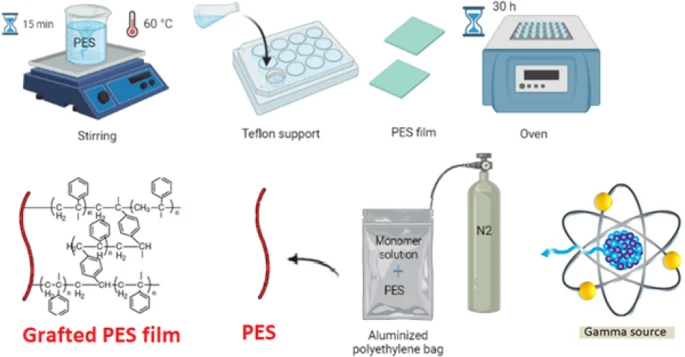
Effect of reaction conditions on gamma radiation-induced graft polymerization of α-methyl styrene onto polyethersulfone films: a kinetic study
In this work, gamma irradiation from a cobalt 60Co source was used to graft Copolymerize α-methyl styrene (AMS) onto Polyethersulfone (PES) films. Grafting reaction was performed at ambient temperature by simultaneous method applying different dose rates for a total absorbed dose of 30 kGy. The effects of reaction conditions including, dose rate, monomer concentration and absorbed dose on the grafting yield (DOG) were studied. Results showed that the grafting conditions influence considerably DOG. In addition, the depth understanding of the graft copolymerization reaction kinetics under

Brain Tumor Semantic Segmentation using Residual U-Net++ Encoder-Decoder Architecture
Image segmentation is considered one of the essen-tial tasks for extracting useful information from an image. Given the brain tumor and its consumption of medical resources, the development of a deep learning method for MRI to segment the brain tumor of patients’ MRI is illustrated here. Brain tumor segmentation technique is crucial in detecting and treating MRI brain tumors. Furthermore, it assists physicians in locating and measuring tumors and developing treatment and rehabilitation programs. The residual U-Net++ encoder-decoder-based architec-ture is designed as the primary network, and it
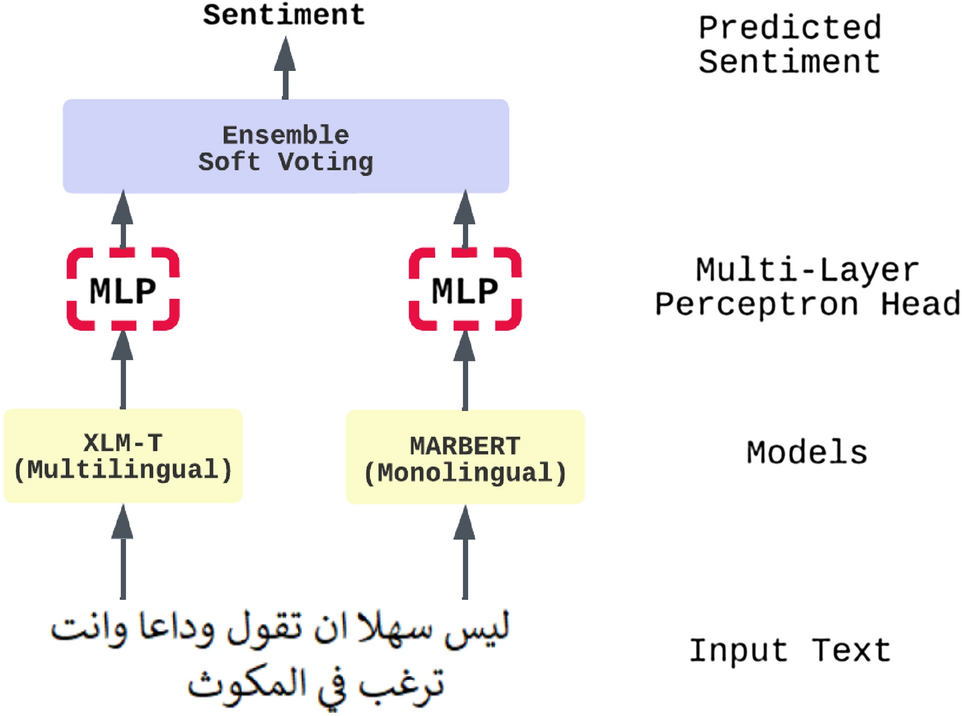
An ensemble transformer-based model for Arabic sentiment analysis
Sentiment analysis is a common and challenging task in natural language processing (NLP). It is a widely studied area of research; it facilitates capturing public opinions about a topic, product, or service. There is much research that tackles English sentiment analysis. However, the research in the Arabic language is behind other high-resource languages. Recently, models such as bidirectional encoder representations from transformers (BERT) and generative pre-trained transformer (GPT) have been widely used in many NLP tasks; it significantly improved performance in NLP tasks, especially
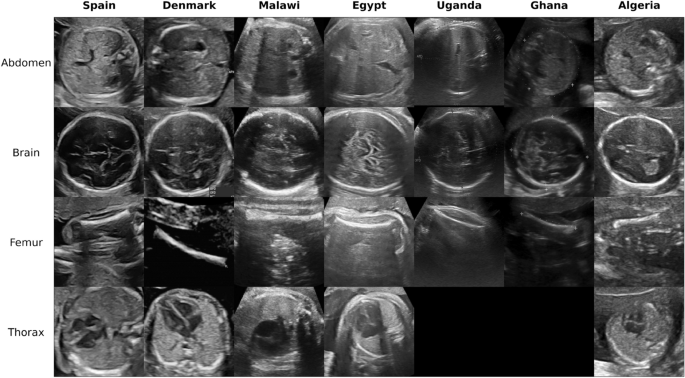
Generalisability of fetal ultrasound deep learning models to low-resource imaging settings in five African countries
Most artificial intelligence (AI) research and innovations have concentrated in high-income countries, where imaging data, IT infrastructures and clinical expertise are plentiful. However, slower progress has been made in limited-resource environments where medical imaging is needed. For example, in Sub-Saharan Africa, the rate of perinatal mortality is very high due to limited access to antenatal screening. In these countries, AI models could be implemented to help clinicians acquire fetal ultrasound planes for the diagnosis of fetal abnormalities. So far, deep learning models have been
Author Correction: Generalisability of fetal ultrasound deep learning models to low-resource imaging settings in five African countries (Scientific Reports, (2023), 13, 1, (2728), 10.1038/s41598-023-29490-3)
The Funding section in the original version of this Article was incomplete. “This work received funding from the European Union’s 2020 research and innovation programme under Grant Agreement No. 825903 (euCanSHare project), as well as from the Spanish Ministry of Science, Innovation and Universities under grant agreement RTI2018-099898-B-I00. Additionally, the research leading to these results has received funding from Cerebra Foundation for the Brain Injured Child (Carmarthen, Wales, UK).” now reads: “This work received funding from the European Union’s 2020 research and innovation programme

ArFakeDetect: A Deep Learning Approach for Detecting Fabricated Arabic Tweets on COVID-19 Vaccines
Social media platforms have emerged as major sources of false information, particularly regarding health topics. like COVID-19 vaccines. This rampant dissemination of inaccurate content contributes significantly to vaccine hesitancy and undermines vaccination campaigns. This research addresses the pressing need for automated methods to distinguish between factual and fabricated Arabic tweets concerning vaccines, aiming to mitigate the spread of misinformation on these platforms. The proposed approach utilizes deep learning techniques, leveraging pre-trained Arabic language models (Arabert)
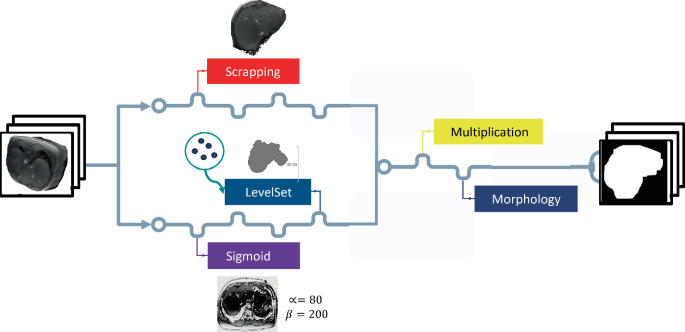
Iterative Refinement Algorithm for Liver Segmentation Ground-Truth Generation Using Fine-Tuning Weak Labels for CT and Structural MRI
Medical image segmentation is indicated in a number of treatments and procedures, such as detecting pathological changes and organ resection. However, it is a time-consuming process when done manually. Automatic segmentation algorithms like deep learning methods overcome this hurdle, but they are data-hungry and require expert ground-truth annotations, which is a limitation, particularly in medical datasets. On the other hand, unannotated medical datasets are easier to come by and can be used in several methods to learn ground-truth masks. In this paper, we aim to utilize across-modalities
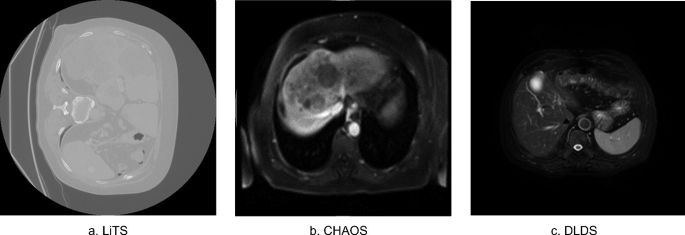
Cross-Modality Deep Transfer Learning: Application to Liver Segmentation in CT and MRI
Liver diseases cause up to two million deaths yearly. Their diagnosis and treatment plans require an accurate assessment of the liver structure and tissue characteristics. Imaging modalities such as computed tomography (CT) and Magnetic resonance (MR) can be used to assess the liver. CT has better spatial resolution compared to MR, which has better tissue contrast. Each modality has its own applications. However, CT is widely used due its ease of access, lower cost and a shorter examination time. Liver segmentation is an important step that helps to accurately identify and isolate the liver
On The Arabic Dialects' Identification: Overcoming Challenges of Geographical Similarities Between Arabic dialects and Imbalanced Datasets
Arabic is one of the world's richest languages, with a diverse range of dialects based on geographical origin. In this paper, we present a solution to tackle subtask 1 (Country-level dialect identification) of the Nuanced Arabic Dialect Identification (NADI) shared task 2022 achieving third place with an average macro F1 score between the two test sets of 26.44%. In the preprocessing stage, we removed the most common frequent terms from all sentences across all dialects, and in the modeling step, we employed a hybrid loss function approach that includes Weighted cross entropy loss and Vector